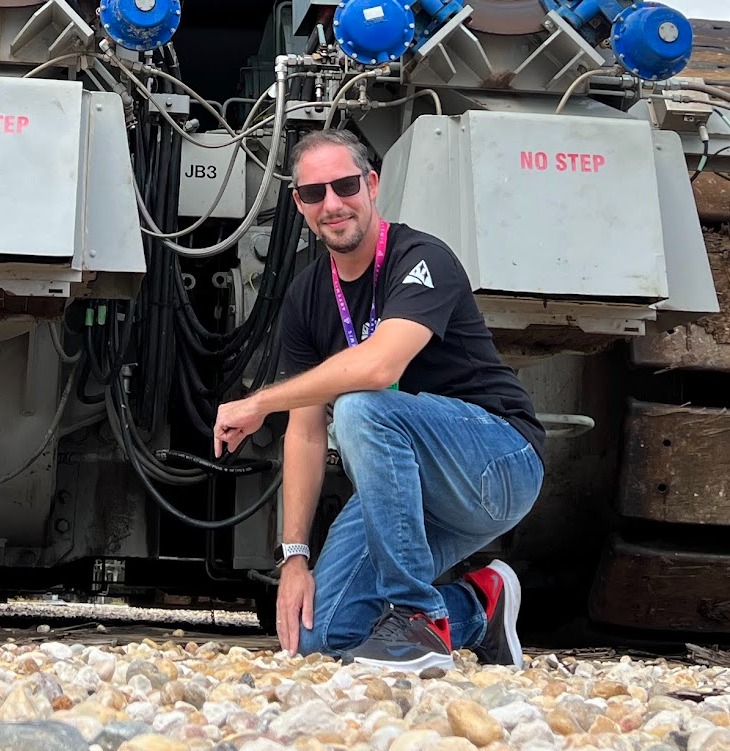SpaceX's Super Heavy Static Fire Test: A Comprehensive Review
Written by

Felix Schlang
\
Published on August 09, 2023
The space community buzzed with anticipation, and on August 6th, it finally witnessed the much-awaited Super Heavy static fire event. The events leading up to and during the test provided much food for thought, especially for those with a keen technical eye. Let's take a closer look at the events.
Setting the Stage for Ignition
The day commenced with an overpressure warning issued to Boca Chica Village residents. Soon after, the road was closed, and the Orbital Launch Mount's FireX system was tested. After a short clearing of the pad, the workers returned, indicating minor issues - a scenario not uncommon in spaceflight preparations, often due to issues like a stuck valve.
As the testing recommenced, Booster 9 gave an encouraging sign. Frost lines on its bottom tank became visible, signifying liquid oxygen loading. And to further whet the appetite of space enthusiasts, SpaceX announced a live-streamed static fire attempt.
The transmission began a mere two minutes before the scheduled ignition. John Insprucker, a beloved figure in the space community, navigated viewers through the test details. He unveiled plans to ignite all 33 Raptors at a thrust lower than their usual might but still surpassing a full-thrust Falcon Heavy. An innovative Raptor startup sequence was also on the cards.
One of the most mesmerizing moments was witnessing the Super Heavy engine section boasting 33 chilled Raptors. But keen observers could also note some intriguing facets about the Starship and the launch table. For instance, SpaceX continues to use single-use hoses to channel engine chill vapors which would be detached from the launch mount at liftoff. Additionally, the presence of a new greenish paint hinted at possible high-temperature paint usage. And, of course, the revamped Booster engine shielding looks promising for the subsequent launch.
The Moment of Thrust
The deluge system was activated as the final moments approached, followed by the engines' ignition. However, this resulted in reduced visibility due to the enormous steam clouds that shrouded the orbital side. The thick steam even obscured one of SpaceX's camera views.
Credit: Kevin Randolph for WAI Media
Regrettably, the engines were halted less than three seconds post-ignition. Four Raptors had prematurely shut down, marking the end of this test run. With this being Booster 9's inaugural static fire, some teething problems were anticipated. The revised Raptor startup sequence, being significantly abbreviated, could be one potential cause of the glitch. After all, synchronizing the countless elements of such a complex engine is no mean feat.
However, it wasn't all grim. The Orbital Launch Mount was undamaged - a premiere for a Starbase static fire. The Deluge plate performed efficiently, even if the force exerted was less than a genuine launch. And igniting 29 out of 33 engines on the maiden attempt is no small feat, though an actual launch would deem it insufficient.
Post-test, the booster transport stand was repositioned near the launch tower, hinting at Super Heavy's potential return to the Build Site. The exact reasoning remains speculative, be it pre-flight preparations or addressing technical snags.
Conclusion
The static fire test was a visual treat, if not a complete technical success. Both casual viewers and technical aficionados alike eagerly await the next attempt. Only time will reveal the outcomes of the tweaks and changes made based on this test. Stay tuned!
Credit: SpaceX
Check this out next:
This might also interest you!

